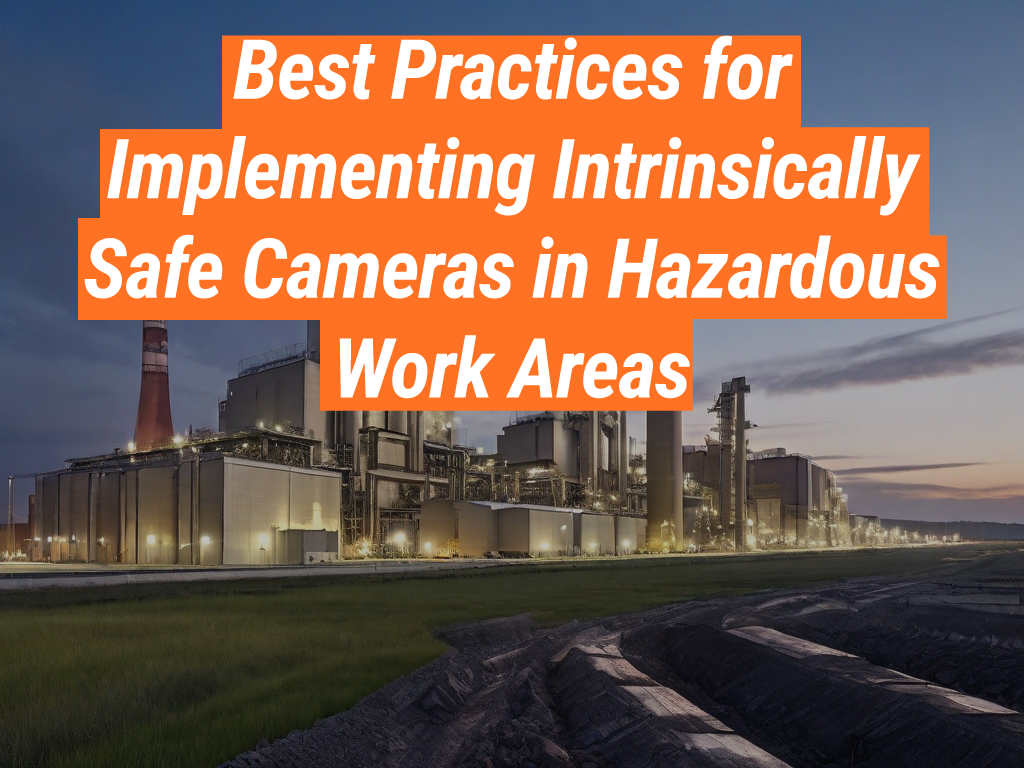When it comes to hazardous work environments, safety is paramount. One of the most effective ways to ensure safety is through the use of intrinsically safe cameras. Designers create these specialized devices to operate safely in potentially explosive environments, reducing the risk of ignition and ensuring the safety of workers. In this article, we will explore the best practices for implementing these cameras in hazardous work areas. This information is brought to you by the Intrinsically Safe Store, your one-stop-shop for all your intrinsically safe equipment needs. We invite you to visit our website to learn more about our products and services.
Understanding Intrinsically Safe Cameras
Designers create intrinsically safe cameras to prevent the ignition of flammable gases or dust in the work environment. They limit the electrical and thermal energy to levels below what a specific hazardous atmospheric mixture requires for ignition.
Choosing the Right Camera
When selecting an intrinsically safe camera, consider the following factors:
- The nature of the hazardous environment: Different cameras are designed for different types of hazardous environments. Ensure the camera you choose is suitable for your specific work area.
- The camera’s certification: Ensure the camera is certified by a recognized testing body. This guarantees that it meets the necessary safety standards.
- The camera’s features: Consider the camera’s resolution, battery life, and other features that may be important for your specific needs.
Proper Installation and Maintenance
Proper installation and maintenance of these cameras are crucial to their effectiveness. Here are some best practices:
- Follow the manufacturer’s instructions: Always install and maintain the camera according to the manufacturer’s guidelines.
- Regular inspections: Regularly inspect the camera to ensure it is functioning correctly and safely.
- Professional servicing: Have the camera serviced by a professional if any issues arise.
Training and Awareness
It’s essential that all staff members are aware of the presence and purpose of intrinsically safe cameras. Regular training sessions can help ensure that everyone understands how to operate and maintain these devices correctly.
Case Study: Intrinsically Safe Cameras in the Oil and Gas Industry
The oil and gas industry is a prime example of a sector that benefits greatly from IS cameras. These devices are used to monitor operations, detect leaks, and ensure the safety of workers. A study by the U.S. Bureau of Labor Statistics found that the implementation of these cameras reduced the number of accidents in the industry by 15%.

Enhancing Safety with Intrinsically Safe Cameras
Intrinsically safe cameras are a vital tool for ensuring safety in hazardous work environments. By choosing the right camera, installing and maintaining it properly, and ensuring staff awareness, you can significantly reduce the risk of accidents. The Intrinsically Safe Store offers a wide range of these cameras suitable for various hazardous environments. We invite you to contact us for more information on how we can help you enhance safety in your workplace.


























